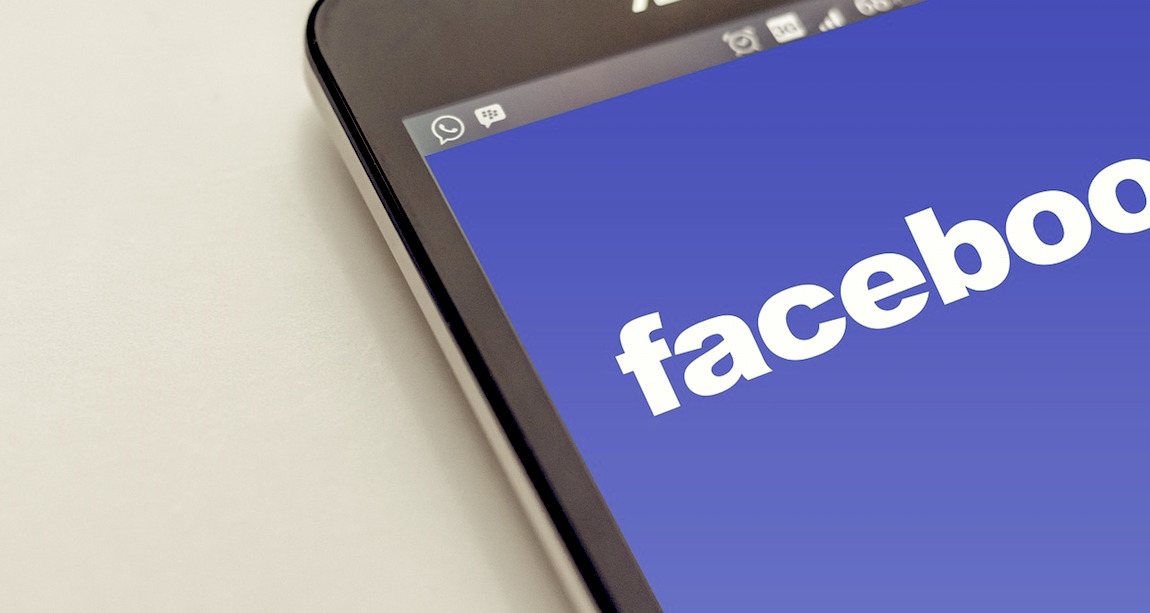by MGB2B
 Gone are the days where you can say: “We’re a B2B company, we don’t need social media.” It’s now 2018, and to say you have no social presence, is to incur doubt from your clients, both present, and future. With that in mind, starting out, or revamping your social presence can seem like a daunting task. That’s why we’ve put together a helpful Social Media cheat sheet designed to get you and your B2B brand off and running.
Gone are the days where you can say: “We’re a B2B company, we don’t need social media.” It’s now 2018, and to say you have no social presence, is to incur doubt from your clients, both present, and future. With that in mind, starting out, or revamping your social presence can seem like a daunting task. That’s why we’ve put together a helpful Social Media cheat sheet designed to get you and your B2B brand off and running.
First Thing’s First...
- Pick Your Poison(s). There are no social media platforms that are truly off-limits for B2B brands these days. From Facebook to LinkedIn to Instagram, there’s no end to where you can post and who you can reach. What truly matters is finding the right content for the right platform.
- Key Takeaway: Don’t be afraid to experiment with social platforms, but don’t spread yourself too thin.
- Do Your Research. Yes, there is a “sweet spot” for every single social outlet out there. Typically, posting 3-5 times on Twitter per day is optimal, whereas posting any more than 2 times on Facebook on a given day could be seen as overkill. Decide how often you’re planning on posting to your given social platform(s), then build your plan out from there.
- Key Takeaway: Sometimes, less is more. The quality (see: value) of your content will be held in higher regard by your audience, versus the sheer quantity of times you post.
Now You’re Getting Somewhere…
- Make a Plan. It seems like a given, but many businesses skip this important step. Planning out your content on a calendar will save you a lot of time and effort. Using tools like Hootsuite, HeyOrca, or HubSpot will not only allow you to schedule your posts days, weeks, and even months in advance, you’ll also be able to tweak your plan along the way. If a certain type of post isn’t resonating with your audience, delete and try again. Trust us, this will come in handy for Step 2.
- Key Takeaway: Getting through each month on social is much easier when you plan it out. Don’t miss this!
- Get Creative. Just because you’re a B2B brand, does not mean you cannot have fun. Is there a national day, week, or month that is relevant to your audience? Let your audience know you’re celebrating! Are you working on a project that could show the more “human” side of your brand? Show it off. Your audience wants to know there are real people behind these social accounts. Let them know you’re there.
- Key Takeaway: The people who drive your revenue are real people and want to be treated as such. If you give a little, you’ll get a lot back in return.
The beautiful thing about social media is that it’s always changing. What works one day, may not work the next. What your audience responds to one week, may not hold true the following week. So be sure to experiment, don’t be afraid to fail, and remember why you’re running these social platforms in the first place: to make meaningful connections with your audience.
Continue Reading
by MGB2B

As we enter the New Year, it’s crucial to examine marketing trends that emerged in 2017 and evaluate what works and what doesn’t for your business when moving forward into 2018. A few hot trends include the rise of
video content,
live streaming, and
influencer marketing. One trend has differentiated itself from the others as a powerful tool moving into 2018 for all B2B professionals who are smart enough to capitalize on it: data-driven marketing.
Data-driven marketing refers to marketing insights, strategy, and decisions that arise from the analysis of data about or from consumers. It is one of the most transformational changes in the history of advertising. Data-driven marketing takes the answers to the questions like Who, What, When, Where, and Why and makes the answers actionable.
The Benefits of B2B Data
- Enables marketers to focus advertising efforts on businesses that are more likely to be receptive
- Identifies new leads and promotional opportunities using hyper-targeting
- Ensures that existing sales and business relationships are stable and successful through nurturing and growth
Ultimately, investing in data collection and analysis can produce valuable insights that improve your campaign performance, which often translates into increasing your bottom line, while providing more meaningful advertisements to customers.
How to Collect Meaningful Data – Pre-Campaign
Now that the many benefits of data are clear, how do you go about collecting meaningful data for your company? The first step is identifying what you know and what you don’t know. If you’re interested in understanding your customers better and building buyer personas, a Consumer Research Study could be the route to take. Or if new product development is one of your 2018 goals, perhaps a Product Development Survey would be best. Understanding knowledge gaps in your organization is the first step in defining your research parameters and getting at the information you desire.
How to Use Data to Inform Your Online Campaigns
Surveys are a great way to collect data. But they aren’t the only way. Some of the most important data is collected as your digital campaigns are running. For instance, Paid Search campaigns are only made better by tracking the performance of several ads. Over time, the data tells you which messages are resonating with which audience segments, which times of the day ads are performing, etc. You can use information from email campaigns similarly, testing to see which subject lines and messages perform best and using the data to make your campaign more effective. These are just two examples. Online testing and fine-tuning should be a big part of your marketing strategy in 2018 if you are not already doing it.
Investing in Audience Growth
When you conduct research and testing with the goal of gaining insight into your target audience, not only will you have a set of data points describing them, but you will have a deeper understanding of their thoughts, feelings, and motivations. You will have answers to the questions Who, What, When, Where, and Why. With this information, you can create targeted campaigns keyed into specific points that appeal to your audience.
For example, let’s say you learn through research that factory owners are not just concerned with OSHA compliance, but also feel an emotional connection to protecting the lives of their employees through safe work environments. You can take that piece of emotional information and apply it to your messaging, helping factory owners connect with what you’re saying on a deeper level. If you learn architects visit certain industry websites more often than others, tailor your media plan to highlight that website. If contractors tend to open emails more at night than throughout the day, customize your email campaign to launch at 9 pm instead of 10 am. Small tidbits such as these can reveal themselves through detailed research, and become game-changers in the development of your entire marketing strategy.
When considering marketing initiatives to pursue in 2018, marketing research and testing should be top priorities. Gaining a deeper understanding of audience behavior is crucial, especially as outreach becomes more digitally focused each year. And in 2018, we will continue to see this trend develop and blossom. Time to dive in head-first!
Continue Reading
by MGB2B

The Myth: B2B Facebook Advertising Does Not Pay Off
The Reality: Facebook Advertising Is Highly Effective for B2B Brands
Facebook is one of today’s top advertising platforms – not just for B2C, but for B2B brands, too. It is cost-efficient and easy to operate. While you may only think of Facebook as something you experience on a personal level, B2B marketers have found Facebook to be one of the top social media platforms for ROI.
Utilizing B2B Facebook advertising is much different than simply waiting for your Facebook page to grow organically. A company’s Facebook presence is important for keeping your core users informed and up-to-date. But ads can help you generate new leads and bring them into the sales funnel.
Here Are the Key Benefits of B2B Facebook Advertising:
- Advanced Targeting Options. Facebook is one of the only platforms that offers in-depth, advanced target marketing. Aside from basic distinguishes like age, gender, and geography, allows you to focus on things like interest, education level, job title, and even current workplace. This allows B2B marketers to target those who are less likely to be tire kickers and more likely to be high-quality prospects.
- Lead Generation. While having a Facebook presence on its own is important, running ads actually attracts new leads. And with the level of targeting mentioned above, they are more likely to be qualified leads. A CEO or decision-maker might be on their personal Facebook page and notice your ad, targeted specifically at their job title in their industry. If you catch them at the right moment with the right message or content offer, you’ll have a new lead in your sales funnel.
- Facebook Keeps Improving for B2B. As Facebook gets older, it gets more sophisticated. Their offering of Lead Ads gives B2B marketers even more tools to follow up with prospects who show interest. It will be interesting to see what else they roll out in 2018.
When done right, B2B Facebook advertising can be just the shot in the arm your social media strategy needs. Make it a focal point in your next social campaign, and let the opportunities speak for themselves.
Continue Reading


